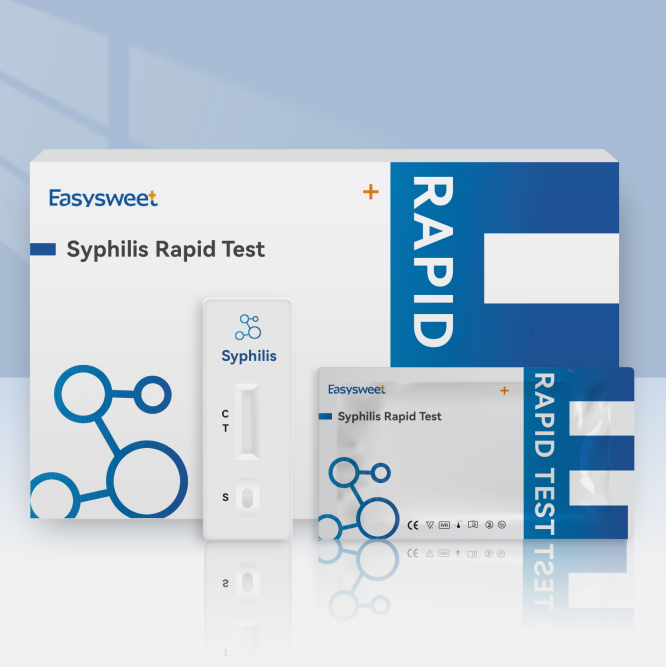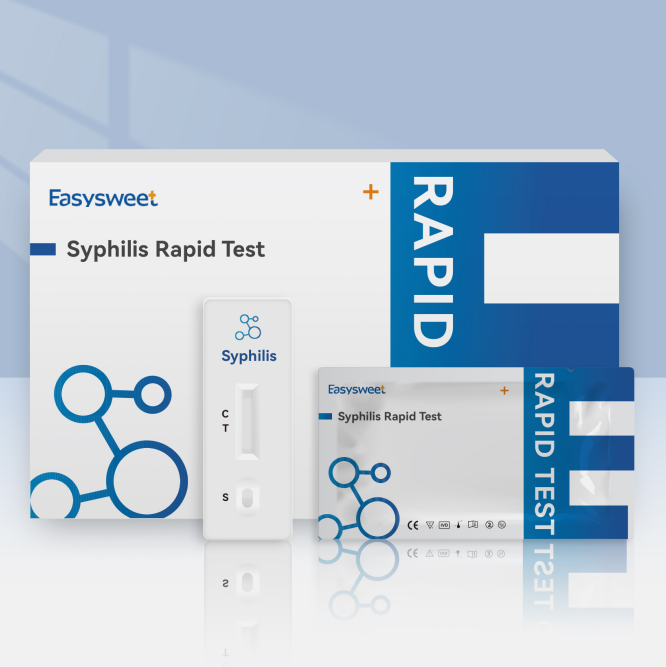Diagnosis and treatment of syphilis can present difficult dilemmas. Serologic testing may be negative if performed at the stage of lesion presentation, and VDRL testing may be negative in patients with late syphilis. CSF testing is not required in patients with primary or secondary disease and no neurologic signs or symptoms, but may be done in patients with latent syphilis or unknown duration of infection. Penicillin-allergic patients may be treated with alternative regimens if they have primary or secondary syphilis. Penicillin is the only effective drug for neurosyphilis; patients allergic to penicillin should complete oral desensitization before treatment.
The most common challenges in syphilis diagnosis and treatment are how to interpret serologic studies, when to perform a lumbar puncture, and how to assess the patient's response to treatment. In addition, the presence of human immunodeficiency virus (HIV) infection and acquired immunodeficiency syndrome (AIDS) raises additional concerns in the diagnosis and treatment of the disease.
primary syphilis
Symptoms of primary syphilis become apparent about three weeks after infection, although the onset of symptoms may vary from three to ninety days. One or more characteristic chancres at the site of inoculation. Syphilitic chancres are often described as painless, indurated, clean ulcers, unlike chancroid ulcers which are deep, destroyed and purulent, whereas herpetic ulcers are usually multiple, superficial and tender. Occasionally, nonulcerative lesions develop. Although common in primary syphilis, regional lymphadenopathy is not a necessary part of the diagnosis. Without treatment, chancre usually resolves within three to six weeks.

secondary syphilis
If left untreated, primary syphilis can progress to secondary syphilis between two weeks and two months after the chancre appears. Although secondary syphilis has many manifestations, a rash is the most common. Almost any type of rash, except vesicular rash, can occur in secondary syphilis. Maculopapular rashes on the palms and soles are particularly suggestive of syphilis. Sores and flat, erosive lesions on the mucous membranes (commonly called "mucus spots") may develop in the mouth or throat. Most people with secondary syphilis develop fever, pharyngitis, joint pain, or generalized lymphadenopathy.
Systemic involvement can occur in secondary syphilis and at any time thereafter. Syphilitic meningitis is usually a slowly developing mild to moderate meningitis characterized by neck stiffness, headache, nausea, and vomiting, as opposed to the rapidly developing fever present in bacterial meningitis. Cranial nerve abnormalities, especially the seventh and eighth nerves, are common in syphilitic meningitis. Other types of systemic involvement include hepatitis, uveitis, and nephritis.
Late latent syphilis is also asymptomatic and is defined as infection more than one year after vaccination. This distinction is important because early and late latent syphilis are treated differently. In addition, relapses of infectious secondary syphilis are most likely to occur early in the incubation period, and syphilis is less likely to be contagious in patients who have had the disease for more than a year.
Easysweet Syphilis Rapid Test, if necessary, please contact us as soon as possible.The pictures involved in the article are from the Internet. If there is any infringement, please contact us.


